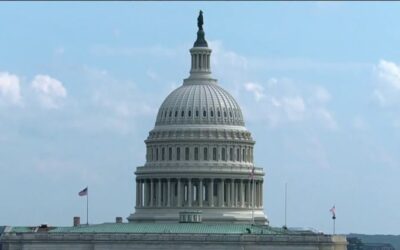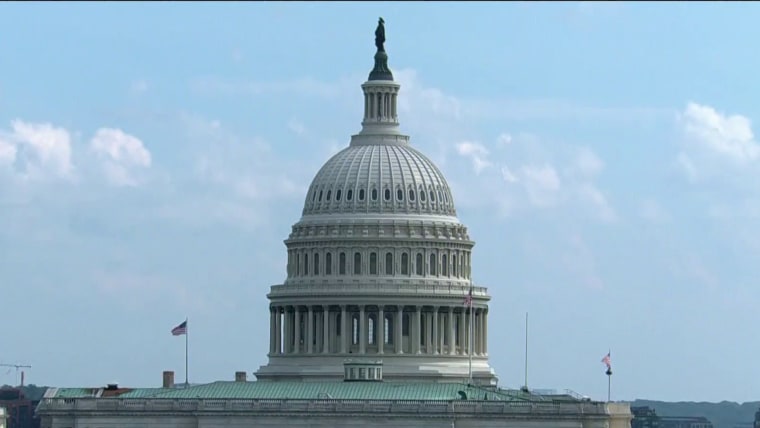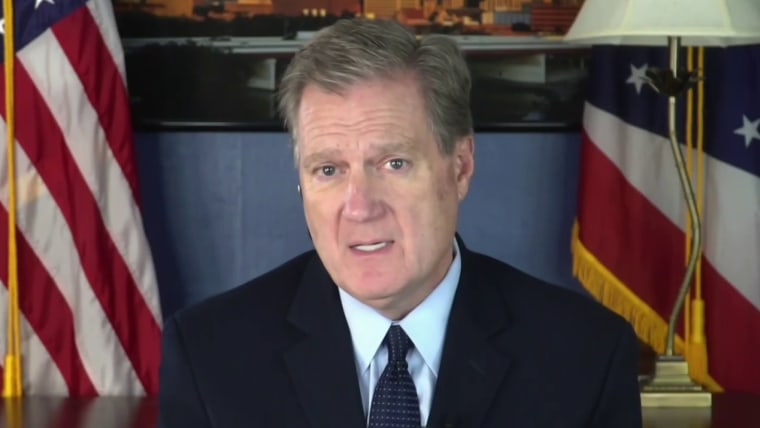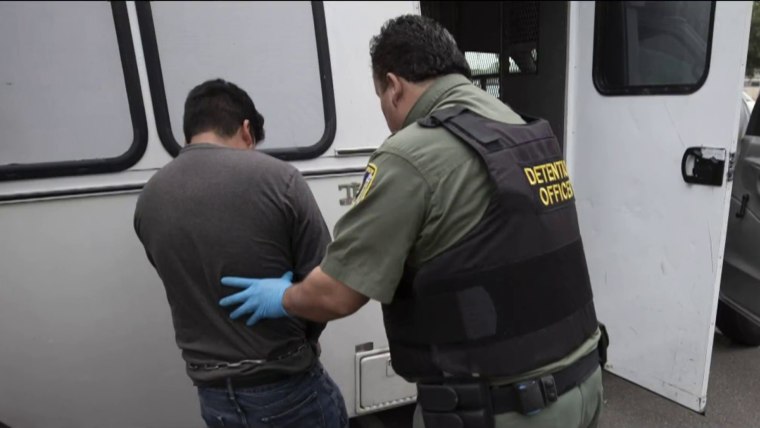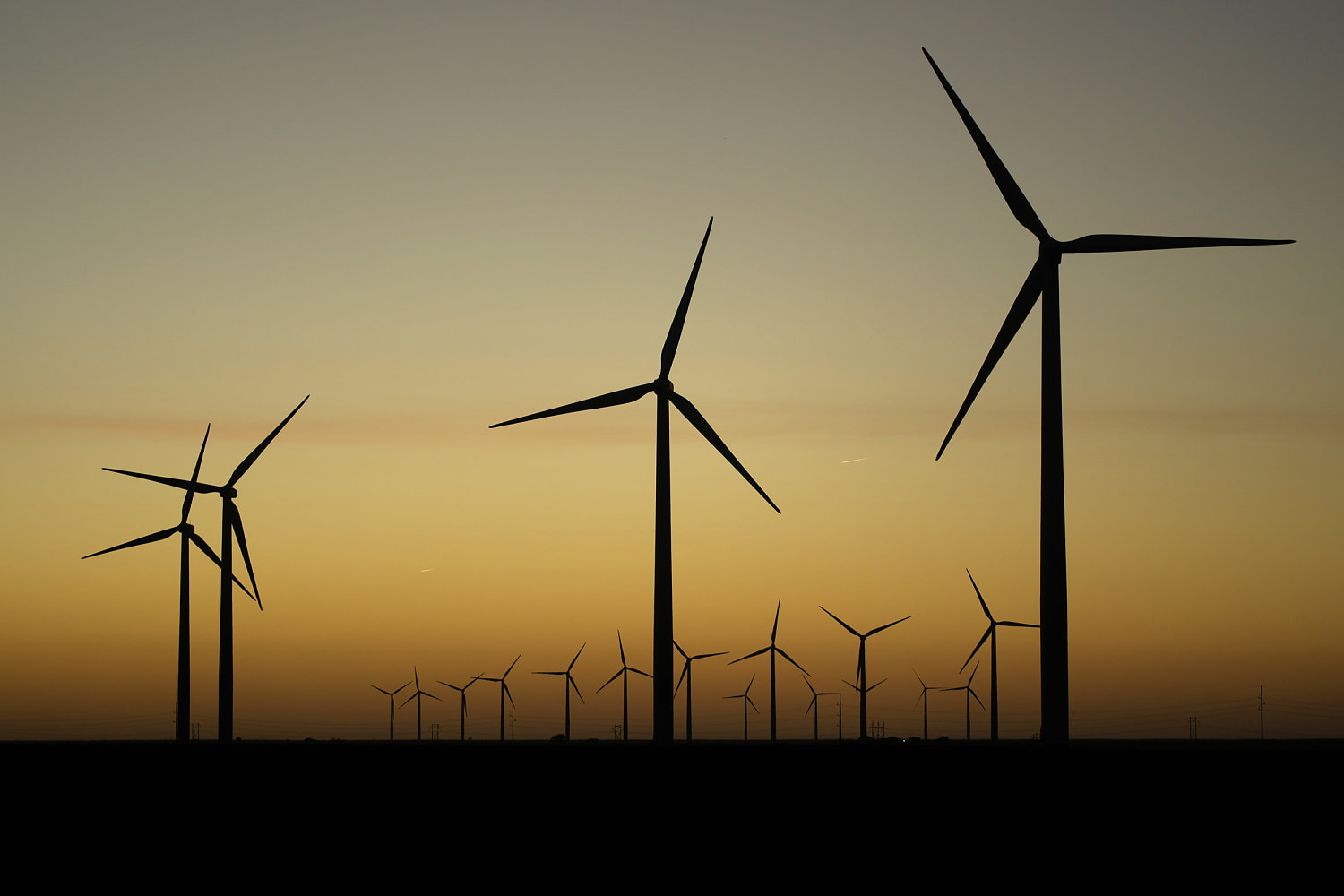What to watch in the primary
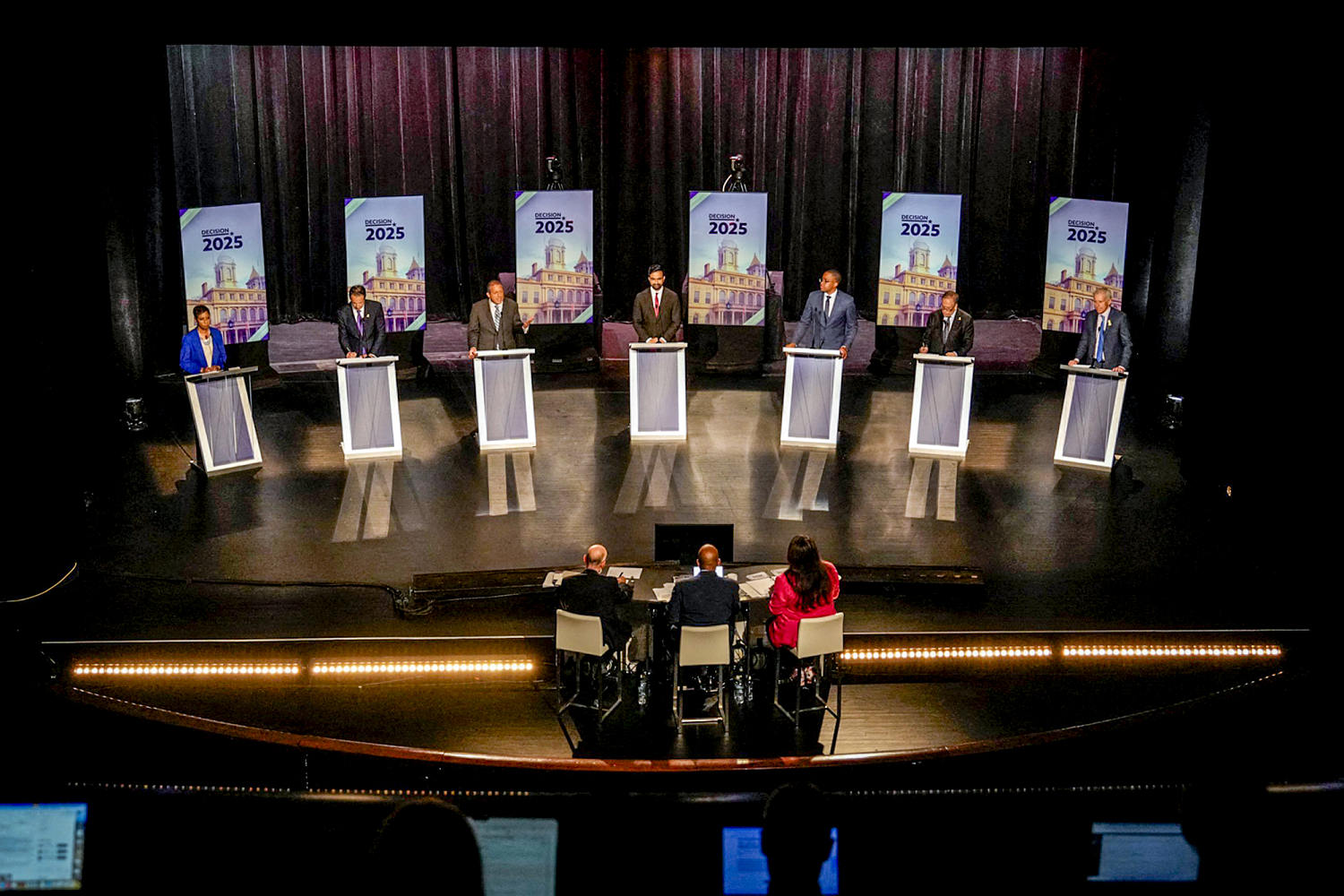

New York City heads to the polls Tuesday to cast ballots in the city’s mayoral primaries, dominated by former Gov. Andrew Cuomo’s comeback tour and progressive state legislator Zohran Mamdani’s late rise in the Democratic contest.
But Election Day is likely to be short on answers for voters who want to know who could lead their city next year or what the high-profile race means for the battle over the future of the Democratic Party.
That’s because of a pair of complicating factors in this primary: the city’s use of ranked choice voting (a more complicated style of voting that often takes longer to determine a winner) and the possibility that the Democratic runner-up will run in the general election on a different party’s ballot line.
The only sure things for city voters are that their scandal-ridden mayor, Eric Adams, is running in the fall as an independent, that long-shot candidate Curtis Sliwa will be the Republican nominee (as he’s running unopposed) and that it’s unlikely that any Democratic candidate will win a clear majority Tuesday, triggering the ranked-choice process, which could take more than a week to decide a winner.
Polls close at 9 p.m. ET. Here are three things to watch in the Democratic primary.
Who leads Tuesday?
The city Board of Elections is expected to post unofficial results of voters’ first-choice preferences Tuesday evening, and a candidate could technically clinch the race outright then by winning a majority. (Voters can rank their top five candidates, in order, on their ballots, and their votes are reallocated according to those preferences if their candidates finish with too few votes.)
But with 11 candidates on the ballot and a handful of relatively prominent Democrats seeking the mantle of the anti-Cuomo hopeful, the likeliest scenario is that no one will hit the majority threshold.
The main question, particularly for Cuomo, who has been arguing he’s uniquely qualified to run the city given his blend of experience and history pushing back against President Donald Trump, is how many first-choice votes he can bank Tuesday.
Cuomo’s opponents have been organizing around the slogan “don’t rank Cuomo,” imploring voters to leave him off their ballots and deprive him of support regardless of which alternative candidates they prefer. The strategy is aimed at capping how much Cuomo could grow his support on subsequent ballots.
Even though he resigned as governor four years ago amid scrutiny of state investigations and multiple allegations of sexual harassment, Cuomo has been the favorite since the start of the race, and he and his allies have tried to fashion a culture of inevitability around him.
He has joined forces with key Democrats like former Mayor Michael Bloomberg (who donated more than $8 million to a pro-Cuomo super PAC) and former President Bill Clinton, as well as key Democratic leaders in the city — including some who helped push him out when he was governor.
All that support has also led to an overwhelming spending advantage: Ad-spending figures from AdImpact that take into account candidate spending show the majority of the $35 million in ad spending had come from pro-Cuomo forces as of Monday.
Even if no candidate wins a majority of first-place votes Tuesday, how close the early leader gets to the majority threshold will be informative, marking how big a climb the leader will have as the ranked choice tabulation starts. And as Cuomo asks voters to forget the scandal that forced him from office and buy into what he can do for them now, Tuesday night’s results will be an important indicator of how the battle to define his legacy is playing out.
If no one wins outright, what happens next?
Assuming no candidate wins a majority, the city Board of Elections will tabulate the ranked choice ballots, removing the last-place candidate and reallocating that candidate’s supporters’ votes to the next candidate listed on each ballot. Once two candidates are left, the one with the majority of votes wins.
Those results won’t be clear for at least another week, when the city releases an unofficial ranked choice result based on the ballots counted by that point, according to the board. The winner could be decided by then or in the coming weeks, once enough mail-in ballots are processed to determine a winner.
Cuomo’s opponents have largely banded together, urging New Yorkers not to rank him on their ballots at all. Mamdani publicized deals with City Comptroller Brad Lander and former Democratic National Committee vice chair Michael Blake to “cross-endorse” each other, directing their supporters to list the other candidate’s name on their ballots, for example.
It remains to be seen whether their supporters will follow through or whether Cuomo and his allies have persuaded them to rank him anyways.
One other intriguing dynamic to watch on the anti-Cuomo side is whether Mamdani emerges as the clear choice of the “Don’t rank Cuomo” voters or whether the late surge of momentum Lander got after his arrest advocating for defendants in immigration court can propel him into the upper echelon of candidates.
Eyes on November
The eventual winner of the Democratic primary will go on to the general election to face Adams, who announced in April that he would run for re-election as an independent.
Adams said in a video announcement on X the day after a federal judge dismissed a corruption case against him that the city “is better served by truly independent leadership.” Trump’s Justice Department had moved to dismiss the charges, arguing in part that the case could affect federal immigration actions and limit Adams’ ability to govern.
Some prominent New York Democrats have sharply criticized Adams, with some calling on him to resign last year after news broke that he was expected to be indicted. Adams’ fellow Democrats have also criticized the Trump administration’s move to dismiss the charges, suggesting Adams could be indebted to Trump.
Meanwhile, it remains to be seen whether any of the Democratic candidates who fall short in the primary will still be on the November ballot.
Cuomo has said he might run in November on the ballot line for a new party he created, while Mamdani wouldn’t rule out running on the Working Families Party ballot line.
Also competing in November will be Sliwa, who was unopposed in the GOP primary. Sliwa, a talk radio host, made an ill-fated run for mayor in 2021, when he lost to Adams by 43 percentage points.
